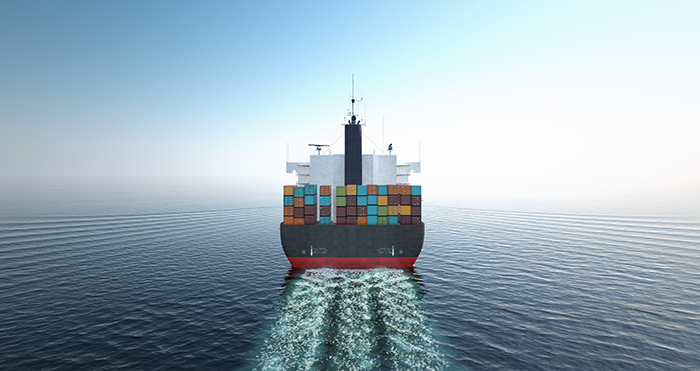
21 Dec Capacity shortages see ocean freight rates rise again
Efforts to reduce congestion at Long Beach and Los Angeles may actually be adding to supply chain disruption by increasing the time it takes for goods to get to market and forcing up freight rates.
Data from freight forwarding technology company Shifl shows that a consistent increase in transit times between ports in China and those on the US west coast. Transit times between Asia and Long Beach/Los Angeles rose to 45 days in December.
This is nearly double the length of time recorded in May, and up from the average 16-day pre-pandemic transit time.
“Large numbers of ships continue to pile up in the ports of Los Angeles and Long Beach, with some ships slow-steaming on their way to US in order to reduce the time they spend at anchor waiting for a berth,” Shifl said.
On the land side, conditions were improving, however. Dwell times had fallen under the threat of additional surcharges. Since mid-October, import container dwell times were down from 12 days to five days at Long Beach, and from nine days to four days at Los Angeles.
But this had not stopped the influx of goods on ships queueing to enter the ports.
Shifl chief executive Shabsie Levy said: “We need to stop the ripple effect of ships waiting endlessly at Los Angeles/Long Beach even if it means diverting some ships to other ports like New York/New Jersey, which is currently recording a quicker transit than west coast ports, and optimising the use of some terminals which are underutilised and operate only till 4 pm.
“Regardless of how hard we work to improve performance in the ports, the continued influx of ships is going to overwhelm their capacity. This is a structural breakdown that more workers and longer hours won’t fix. The imbalance leads to new blank sailings, which the current uptick in pricing out of China shows.”
Freight rate data collated by Shifl showed that rates, which had fallen sharply from their peak in October, were once more on the rise due to the increased demand for space out of China brought about by the lack of available capacity caused by ships waiting off the San Pedro Bay ports.
Figures from the Marine Exchange of Southern California show that there are 101 boxships either at anchor, loitering or slow steaming towards San Pedro Bay.
“Once all these ships return to Asia, we are hopeful that rates will come down again and we might have an opportunity to get out of the repeat ripple effect as we get into the traditionally quieter months post Chinese New Year,” said Mr Levy.

